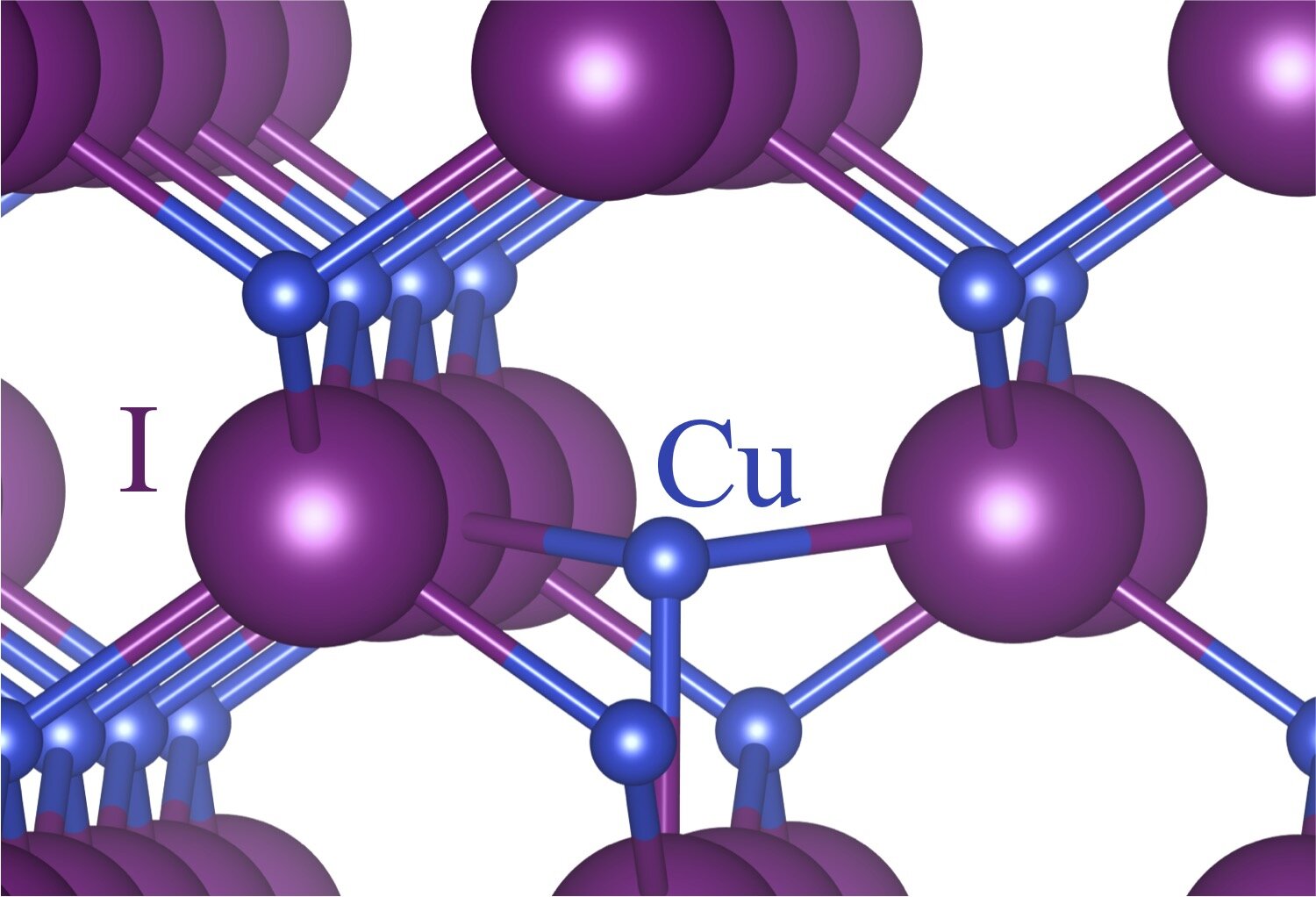The NOMAD Laboratory researchers have recently discovered fundamental microscopic mechanisms that can aid in the customization of materials for heat insulation. This development is a significant step towards improving energy efficiency and sustainability.
Heat transport plays a crucial role in various scientific and industrial applications, such as catalysis, turbine technologies, and thermoelectric heat converters that convert waste heat into electricity.
Materials with high thermal insulation capabilities are particularly important in the context of energy conservation and the development of sustainable technologies. These materials allow for the retention and utilization of heat that would otherwise go to waste. Therefore, improving the design of highly insulating materials is a key research objective in enabling more energy-efficient applications.
However, designing strongly heat insulating materials is not an easy task, despite the fact that the underlying fundamental physical laws have been known for nearly a century. At a microscopic level, heat transport in semiconductors and insulators was understood in terms of the collective oscillation of the atoms around their equilibrium positions in the crystal lattice. These oscillations, called “phonons” in the field, involve a huge number of atoms in solid materials and hence cover large, almost macroscopic length- and time-scales.
In a recent publication in Physical Review B and Physical Review Letters, researchers from the NOMAD Laboratory at the Fritz Haber Institute have advanced the computational possibilities to compute thermal conductivities without experimental input at unprecedented accuracy. They demonstrated that for strong heat insulators, the above-mentioned phonon picture is not appropriate.
2023-06-09 21:30:04
Post from phys.org
